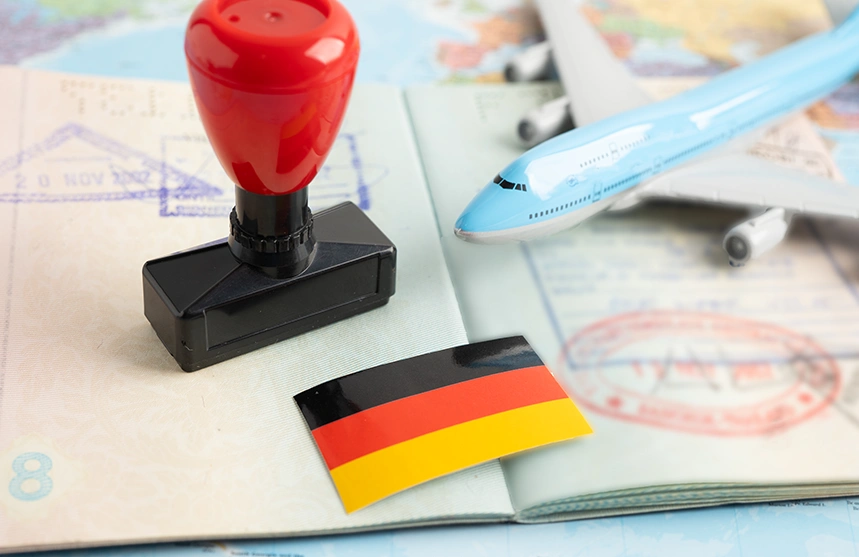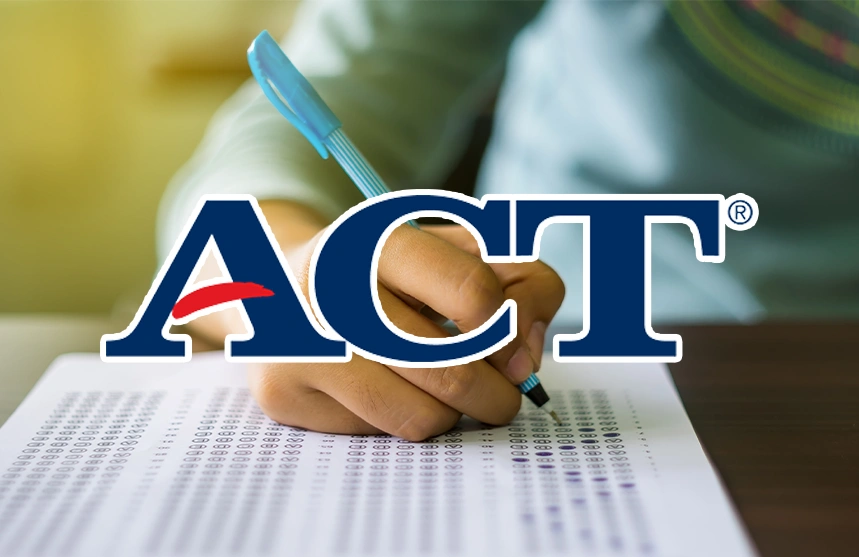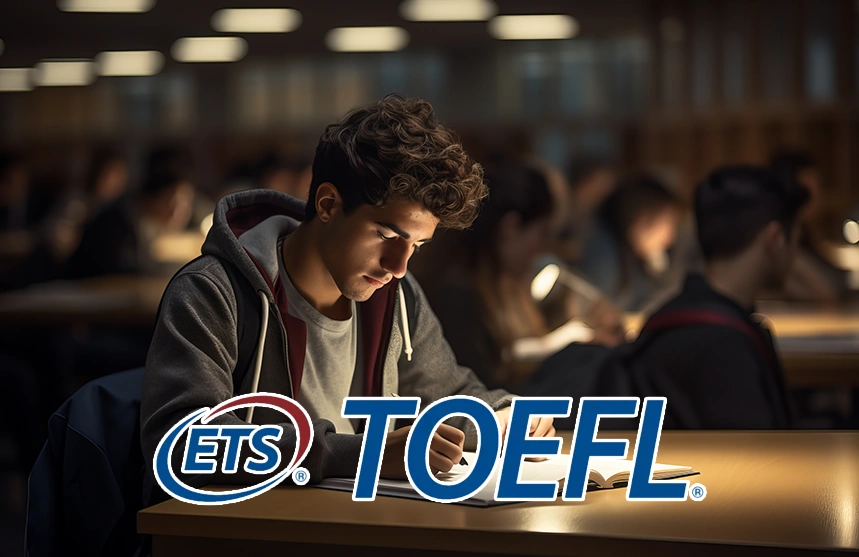Eligibility for OET Exam: Everything You Need to Know
Duolingo vs IELTS 2025: Comparison with Format, Score and more

Studying abroad is no longer just a dream – it’s a well-planned journey that thousands of Indian students embark on each year. From Ivy League universities in the US to top-ranking institutions in the UK, Canada, Australia, and Europe, international education offers unparalleled career prospects, cultural exposure, and life-changing experiences. But before students can begin this journey, there’s one essential hurdle to clear: proving English language proficiency.
English language tests are the gatekeepers to global education. Each test, whether it’s the widely recognised IELTS or the increasingly popular Duolingo English Test comes with its own set of advantages, challenges, and acceptance criteria. While IELTS remains the gold standard for admissions and visas across many destinations, Duolingo is gaining ground with its lower cost, faster turnaround time, and remote accessibility especially for applicants to the US and Canada.
However, selecting the right English test is not just about price or convenience. Your choice must align with your study destination, target universities, visa regulations, timeline, and personal readiness.
That’s why in this comprehensive comparison, we’re breaking down Duolingo vs IELTS in 2025 across every critical factor like test format, fees and affordability, scoring and difficulty, validity and global recognition and lastly university and visa acceptance.
Whether you’re applying for the first time or re-evaluating your approach, this blog will help you make an informed decision based on your academic ambitions and global goals. Let’s find out which English test is the right fit for your study abroad journey in 2025.
What is IELTS?
IELTS is considered one of the oldest and most reliable English proficiency examinations worldwide. Jointly owned by the British Council, IDP: IELTS Australia, and Cambridge English, it is recognised by more than 11,000 institutions in over 140 countries. It is known for its academic rigour and comprehensive testing methods.
IELTS has two modes: Academic and General Training. The Academic version is used by most students applying to universities and is focused on assessing readiness for studying in an English-speaking environment. The General Training format is more suitable for those seeking to work or migrate.
As of 2025, IELTS can be taken either paper-based or computer-based, and students can choose from designated test centres around the globe. The speaking section remains unchanged, it involves a face-to-face or video interview with a real examiner, allowing for a more personal interaction.
What is the Duolingo Test?
The Duolingo English Test (DET) is a modern, online language proficiency exam designed to make English testing more accessible, affordable, and flexible. Unlike traditional tests that require travel to a testing centre, Duolingo can be taken entirely from home, any time, any day, making it especially appealing to students with tight schedules or limited access to test centres. Its popularity surged during the pandemic when in-person exams were largely suspended, and since then, its adoption has only grown.
As of 2025, the Duolingo English Test is accepted by over 4,500 universities worldwide, including prestigious institutions such as Harvard, Yale, the University of Toronto, and King’s College London. With just a computer, webcam, microphone, and a stable internet connection, students can complete the test from virtually anywhere, avoiding the stress of booking test centre slots. This convenience, paired with its affordability, has made it a strong contender in the English proficiency testing space.
Duolingo vs IELTS Test: Duration and Format
IELTS is divided into four sections: Listening, Reading, Writing, and Speaking. Each section is scored individually, and the overall band score is the average of the four. The entire test takes about 2 hours and 45 minutes. It can be taken on paper or computer, but both formats must be completed at a formal test centre.
Duolingo, however, is a single, adaptive test that assesses all English skills in one sitting. It takes 45–60 minutes, followed by a 10-minute video interview and a writing sample. The test adapts in real time, questions become harder or easier based on your responses. The entire process is conducted online at home.
If you prefer a structured test with clearly divided sections and personal interaction during the speaking test, IELTS might be more suitable. Duolingo offers a flexible, time-efficient format with built-in skill assessment.
| Feature | IELTS (2025) | Duolingo English Test (2025) |
|---|---|---|
| Format | Paper-based or computer-based | Fully online, at-home |
| Sections | Listening, Reading, Writing, Speaking | Integrated skills in one adaptive test |
| Duration | 2 hours 45 minutes | 45–60 minutes |
| Score Scale | 0–9 bands | 10–160 |
| Result Time | 3–5 days (computer), up to 13 days (paper) | 48 hours |
| Fee | ₹15,500–₹16,250 (India); $245–$255 (globally) | ₹4,100 ($59) |
| Retake Policy | No immediate retake; must book again | Can retake twice within 30 days |
| Test Environment | In-person or computer test centre | At-home, with strict AI proctoring |
| Acceptance | 11,000+ institutions | 4,500+ institutions |
Duolingo vs IELTS Test: Scoring System
IELTS scores range from 0 to 9. You receive a separate score for each section like Listening, Reading, Writing, and Speaking and your overall score is the average. Most universities require a minimum band score of 6.5 to 7.5.
Duolingo scores range from 10 to 160. The final score includes sub-scores for literacy, comprehension, conversation, and production. Many universities that accept Duolingo set minimum requirements of 105–125, roughly equivalent to a 6.5–7.5 IELTS score.
While both tests aim to measure the same skills, their scoring systems differ. IELTS is more traditional and detailed, while Duolingo is simplified and tech-driven.
Duolingo vs IELTS Test: Affordability and Availability
IELTS is more expensive. In India, the test fee ranges from ₹15,500 to ₹16,250 in 2025, depending on location and test type. Additional expenses may include travel to the test centre, score reporting fees, or rescheduling charges.
Duolingo costs only $59 (about ₹4,100), making it one of the most affordable English proficiency exams. There are no transportation costs or hidden charges, and you can take the test from home.
For students on a budget or applying to multiple universities, Duolingo offers lower costs and greater flexibility.
Duolingo vs IELTS Test: Result Timelines
IELTS results are released within 3–5 days for computer-based tests and 13 days for paper-based tests. You can send your score to multiple universities, but the process may take time.
Duolingo results are typically available within 48 hours. You can send your score reports to as many universities as you want, free of charge. This is a huge benefit when working under tight deadlines or applying to several institutions at once.
Duolingo is undoubtedly faster and more convenient.
Duolingo vs IELTS Test: Difficulty Level and Preparation
IELTS is known for its academic structure. The writing section requires formal essay formats, and the speaking test involves a live interview with a certified examiner. Students often spend months preparing with books and coaching.
Duolingo is more intuitive and user-friendly, but not necessarily easier. Since the test is adaptive, higher-performing candidates will face more difficult questions. The format also demands quick thinking, especially in the timed speaking and writing tasks.
While IELTS preparation may be more intensive, it gives you a clear structure to follow. Duolingo is harder to predict but easier to fit into a busy schedule.
Duolingo vs IELTS Test: Which Is the Right Test to Take?
Duolingo is a great choice if you want quick results at a lower cost and are applying to universities that accept either test. It’s especially useful for early or rolling admissions and for universities in the US and Canada with flexible testing requirements.
However, if your chosen university specifically requires IELTS, or if you’re applying for immigration, a work visa, or planning to relocate to a country with strict language requirements, then IELTS is a more universally accepted option.
Your choice should depend on your academic goals, destination country, university requirements, and visa application needs.
Conclusion
IELTS remains a trusted standard in many countries, especially for students seeking long-term visas or applying to immigration-focused destinations. Duolingo, on the other hand, is a faster, cheaper, and more accessible alternative, ideal for students applying to universities with flexible or modernised admissions processes.
Make your decision based on your goals: whether it’s fast university admission or a complete study-and-settle journey abroad. Both tests have their strengths, and knowing the difference can save you time and money during the application process.
Still not sure which test aligns with your academic intentions? MetaApply IE is here to help. Our experienced education consultants will guide you through university shortlisting, test selection, visa documentation, and everything else you need for a smooth, smart, and successful study abroad journey.
Frequently Asked Questions
No, currently Duolingo cannot be used for a Canadian student visa under the SDS (Student Direct Stream) category. IELTS remains the preferred and accepted test for student visa applications to Canada.
Duolingo is conceptually easier since it’s shorter and can be done at home. However, it’s adaptive and can become challenging. IELTS is longer, more structured, and predictable, with abundant preparation resources.
Yes, many UK universities accept Duolingo English Test scores. However, if you are applying for a Tier 4 student visa, IELTS is still the recommended test.


















































